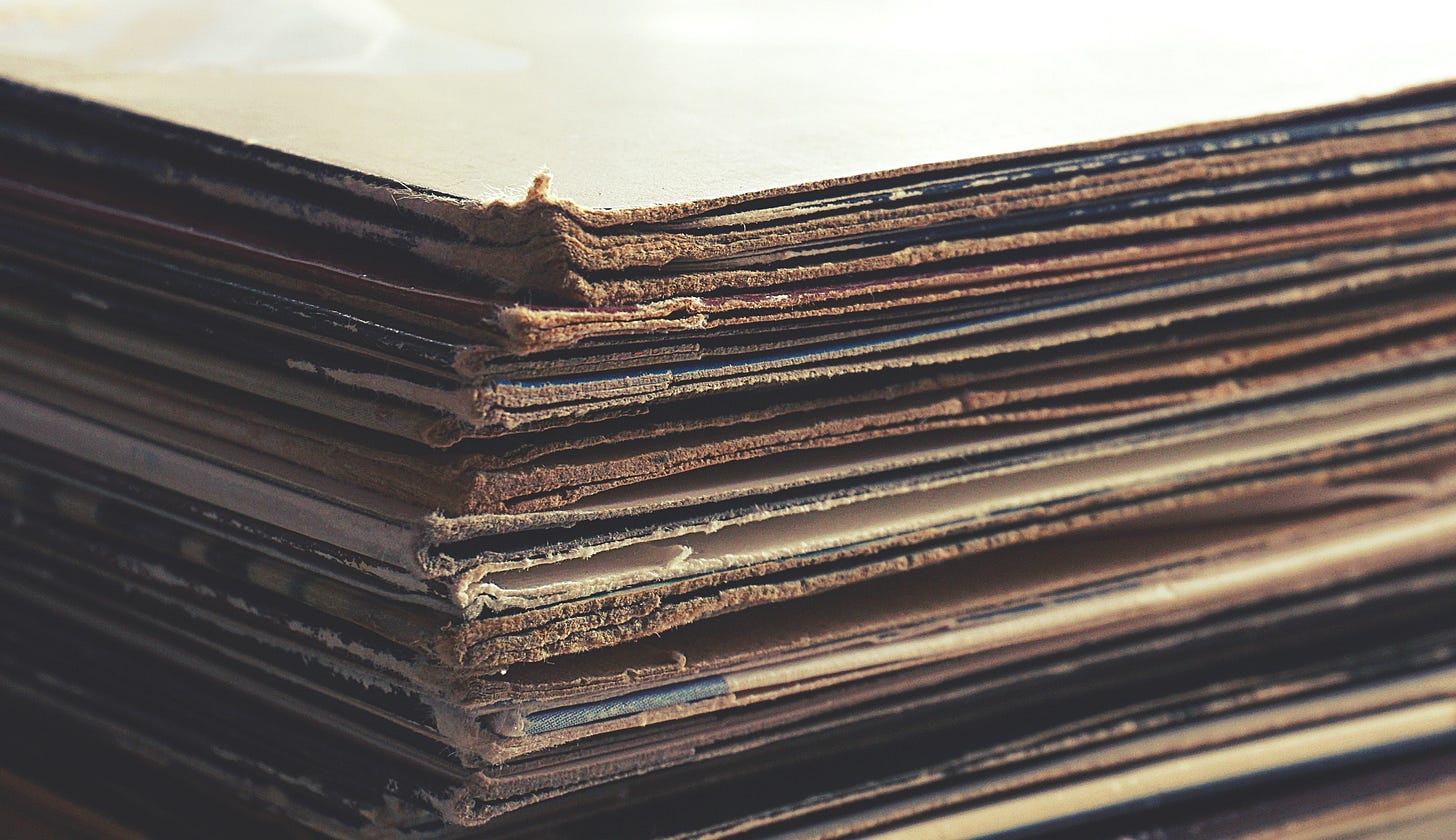How to reduce the use of single use paper through EU policies
Single-use paper is linked to deforestation, waste, and pollution. With simple changes in current EU policies, it is possible to reduce its usage and its environmental impact
I was recently asked to draft a policy analysis and strategy for campaigning for the reduction of single-paper use through EU policies. The following piece is a part of my preparatory work.
I believe it was interesting for you to have an idea of how I work and what are - I hope - best practices. How would have you done it? What strategies would you have recommended. As always, I’m always curious to debate, so…

What is single-use paper?
As organisations are engaged in reducing their environmental footprint, they turn away from polluting materials to more virtuous ones. While this is a reasonable perspective, even in financial terms, it is easier said than done.
The packaging industry and its clients (food and beverages and other goods that require packaging) are looking for alternatives to fossil-fuel-based plastics. One solution the industry is considering is single-use paper.
Yet, this is not without problems: it turns out that throwaway packaging is not much better as an alternative, although made of “natural” sources.
Single-use paper has an impact on the environment. Forests are cut to make the paper, energy is consumed in great quantities to transform wood pulp into paper, then to shape this paper into usable products, then shipped. Once the product has been discarded, it must be taken care of. Without proper treatment, it piles up and pollutes. It is estimated that less than 1% of used paper coffee cups are recycled worldwide.
Even if single-use paper waste is treated, it is not a perfect solution. We cannot rely solely on municipal waste treatment systems, as the cost of treatments weighs on local communities. Furthermore, “recovery of used coffee cups is low due to the limited availability of systematic collecting, sorting, and processing to recycling or industrial composting facilities.”
Single-use paper is not a sustainable alternative to plastic packaging. We must transition from an economy of single-use to one of recyclability. That is why we propose to reduce single-use paper consumption.
How can we reduce single-use paper usage?
Incentivize
A first possibility is to financially incentivize people not to use single-use paper or, on the contrary, penalize those who choose to purchase non-recyclable products. See the following initiative:
On January 2020, the city of Berkeley in California (USA) imposed a 25-cent tax on disposable coffee cups with the intent of inducing consumers to use their own reusable coffee cup.
Design systems that encourage good behaviours
Another tool would be to introduce a network of tools for people to replace single-use paper items. In the example of paper cups, a system of deposit could be created. All coffees and restaurants participating would allow customers to purchase a reusable cup for a small fee to be exchanged in another business. This solution is already being explored in Freiburg, Germany.



